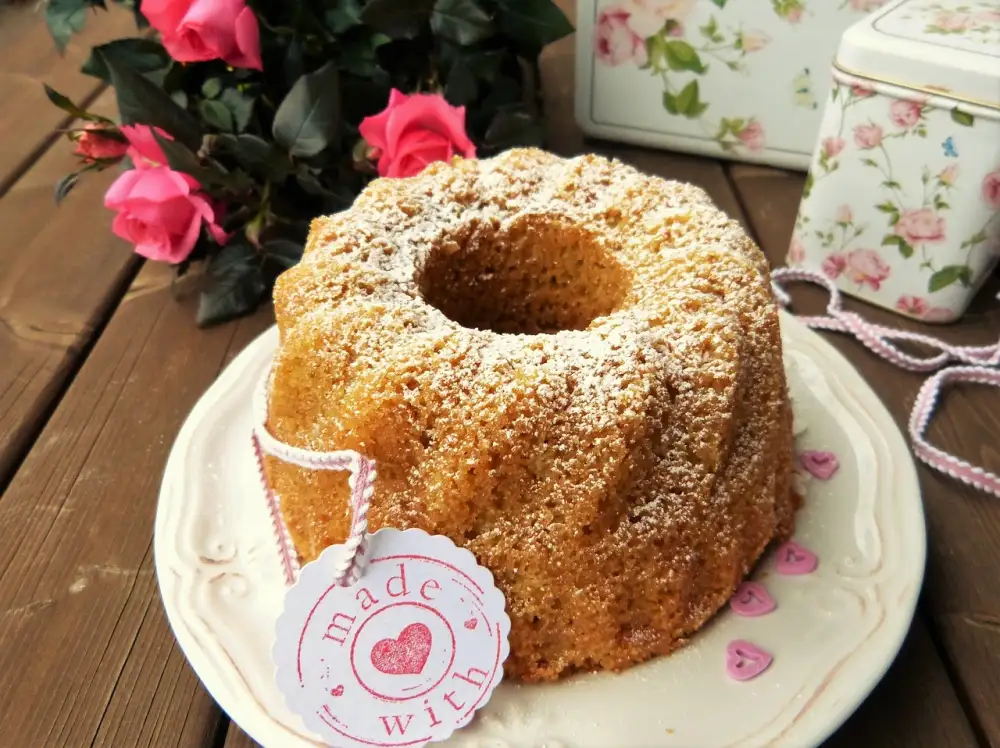Unlock the Secrets of Gluten-Free Flour: A Healthier Alternative for Your Culinary Delights

- Understanding gluten and its impact on health
- Benefits of using gluten-free flour
- Types of gluten-free flours available
- Nutritional value of gluten-free flour
- Tips for using gluten-free flour in baking and cooking
- Common misconceptions about gluten-free flour
- Potential challenges and how to overcome them
Gluten-free flour has gained popularity in recent years as a healthier alternative for those with gluten sensitivities or celiac disease. Gluten is a protein found in wheat, barley, and rye that gives dough its elasticity and helps baked goods maintain their shape. However, for individuals who cannot tolerate gluten, consuming foods containing it can lead to digestive issues and other health problems. Gluten-free flour offers a solution by providing a substitute that allows people to enjoy their favorite culinary delights without the negative effects of gluten.
Understanding gluten and its impact on health
Understanding Gluten and Its Impact on Health
Gluten is a protein found in wheat, barley, and rye. For individuals with celiac disease or gluten sensitivity, consuming gluten can lead to various health issues. Celiac disease is an autoimmune disorder where the immune system reacts negatively to gluten, damaging the small intestine lining. This can result in nutrient deficiencies and digestive problems.
Even for those without celiac disease or gluten sensitivity, consuming excessive amounts of gluten may cause bloating, fatigue, and discomfort. It is important to understand the impact that gluten can have on our overall health.
By opting for gluten-free flour, individuals can eliminate the potential negative effects of gluten from their diet. This opens up a world of possibilities for those who want to enjoy delicious meals without compromising their well-being.
Benefits of using gluten-free flour
Using gluten-free flour in your culinary creations comes with a host of benefits. Firstly, it allows individuals with gluten sensitivities or celiac disease to enjoy their favorite foods without the negative health effects. Secondly, gluten-free flour can be easier to digest, reducing discomfort and bloating often associated with consuming gluten. Additionally, incorporating gluten-free flour into your diet can lead to improved energy levels and overall well-being. Lastly, using gluten-free flour opens up a world of creativity in the kitchen, allowing you to experiment with new flavors and textures while still maintaining a healthy lifestyle.
Types of gluten-free flours available
There are several types of gluten-free flours available that can be used as a healthier alternative in your culinary creations. Some popular options include almond flour, coconut flour, rice flour, quinoa flour, and tapioca flour. Each of these flours has its own unique properties and flavors, allowing for a variety of textures and tastes in your dishes. Experimenting with different gluten-free flours can open up a whole new world of possibilities in your cooking and baking endeavors.
Nutritional value of gluten-free flour
Gluten-free flour offers a range of nutritional benefits that make it an excellent choice for those looking to improve their overall health. Unlike traditional wheat flour, which is often stripped of its nutrients during processing, gluten-free flours are typically made from whole grains or alternative sources such as nuts, seeds, and legumes. This means they retain their natural fiber content, providing essential nutrients like vitamins, minerals, and antioxidants. Additionally, gluten-free flours are often lower in carbohydrates and higher in protein compared to wheat flour, making them a great option for those following a low-carb or high-protein diet. By incorporating gluten-free flour into your culinary creations, you can enjoy the nutritional benefits while still indulging in delicious and healthy meals.
Tips for using gluten-free flour in baking and cooking
When using gluten-free flour in baking and cooking, there are a few tips to keep in mind. Firstly, it's important to note that gluten-free flours have different textures and absorb liquids differently than traditional wheat flour. Therefore, it's recommended to follow specific recipes designed for gluten-free baking or use a blend of gluten-free flours for better results.
To improve the texture and rise of baked goods, adding xanthan gum or guar gum can help mimic the binding properties of gluten. These gums act as thickeners and stabilizers, creating a more cohesive structure in your baked goods.
Another tip is to increase the amount of liquid in your recipes as gluten-free flours tend to be drier. This will prevent your baked goods from becoming too dense or dry. Additionally, adding extra eggs or using ingredients like applesauce or yogurt can help add moisture and enhance the texture.
It's also important to mix the batter or dough thoroughly to ensure proper distribution of ingredients. This will help achieve a more uniform texture and prevent any clumps of flour from forming.
Lastly, be mindful of the baking time and temperature. Gluten-free baked goods may require slightly longer baking times or lower temperatures compared to traditional recipes. Keep an eye on your creations and use a toothpick or cake tester to check for doneness.
By following these tips, you can achieve delicious results with gluten-free flour in your baking and cooking endeavors.
Common misconceptions about gluten-free flour
One common misconception about gluten-free flour is that it lacks flavor and texture. Many people believe that gluten is responsible for the taste and texture of baked goods. However, with the right combination of ingredients and techniques, gluten-free flour can produce delicious and satisfying results.
Another misconception is that gluten-free flour is only suitable for those with celiac disease or gluten intolerance. While it is true that individuals with these conditions must avoid gluten, anyone can benefit from using gluten-free flour. It offers a healthier alternative for those looking to reduce their intake of refined grains and improve their overall well-being.
Some also believe that gluten-free flours are difficult to work with and require special skills in baking or cooking. While it may take some experimentation to find the right balance of ingredients, there are plenty of resources available to help guide you through the process. With practice, you can achieve excellent results using gluten-free flour in your favorite recipes.
Lastly, there is a misconception that all gluten-free flours are created equal. In reality, there are various types of gluten-free flours available, each with its own unique properties and nutritional profiles. It's important to choose the right type of flour for your specific needs and desired outcome.
By debunking these misconceptions, we can encourage more people to embrace the health benefits of gluten-free flour and explore the endless possibilities it offers in creating delicious culinary delights.
Potential challenges and how to overcome them
While gluten-free flour offers numerous health benefits, it does come with its own set of challenges. One of the main challenges is that gluten-free flours tend to have a different texture and taste compared to traditional wheat flour. This can affect the overall outcome of your culinary creations.
To overcome this challenge, it is important to experiment with different gluten-free flours and find the ones that work best for your recipes. Some popular options include almond flour, coconut flour, and rice flour. Each has its own unique properties that can enhance the flavor and texture of your dishes.
Another challenge is that gluten-free flours may not bind as well as wheat flour, making it difficult to achieve the desired consistency in baked goods. To overcome this, you can add binding agents such as xanthan gum or guar gum to improve the structure of your recipes.
Additionally, gluten-free flours tend to absorb more liquid than wheat flour. This means you may need to adjust the amount of liquid in your recipes accordingly. It's always a good idea to start with less liquid and gradually add more if needed.
Lastly, cross-contamination can be a concern when using gluten-free flours. Make sure to thoroughly clean all utensils, surfaces, and baking equipment before using them for gluten-free cooking. It's also important to store gluten-free flours separately from other ingredients to avoid any potential contamination.
By being aware of these potential challenges and taking proactive steps to overcome them, you can successfully incorporate gluten-free flour into your culinary delights while still achieving delicious results.
In conclusion, embracing the health benefits of gluten-free flour can be a game-changer for your culinary delights. Not only does it provide a safer option for those with gluten sensitivities or celiac disease, but it also offers a range of nutritional benefits. By using gluten-free flour, you can explore new flavors and textures in your cooking and baking while promoting better digestion and overall well-being. So why not unlock the secrets of gluten-free flour and embark on a healthier culinary journey today?
Published: 17. 12. 2023
Category: Health



